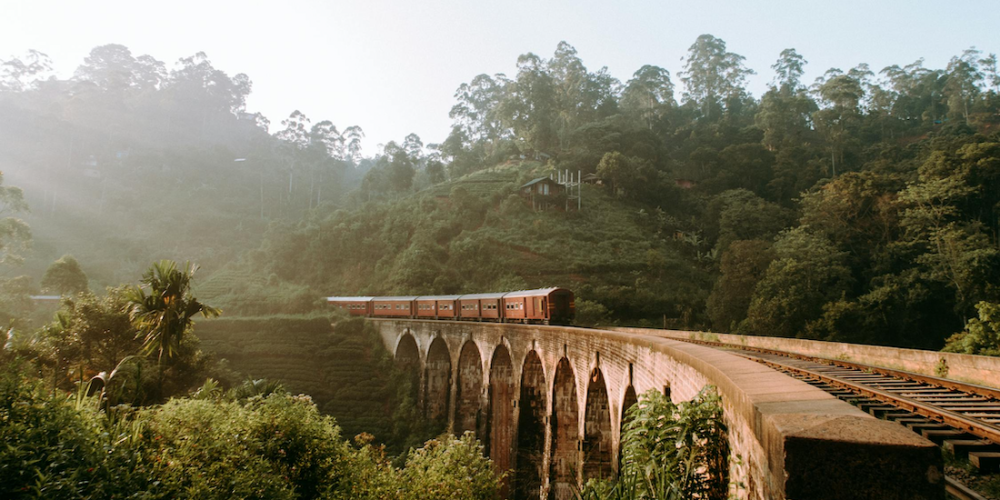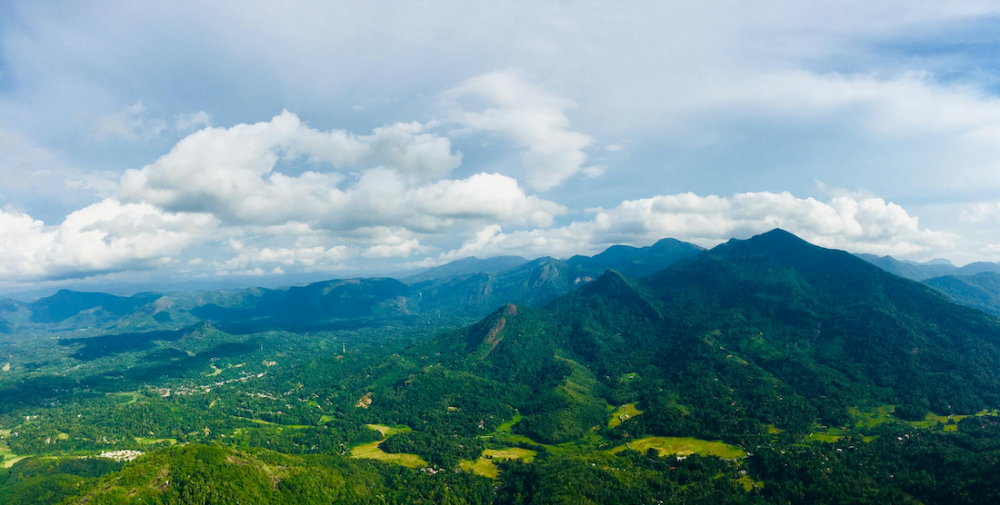
From sacred peaks to whispering shores, two decades of journeys reveal an island where resilience dances with wonder—and every encounter demands mindful reverence.
New York, N.Y. — For twenty years, Sri Lanka has seeped into my consciousness like monsoon rain into ancient soil. This teardrop in the Indian Ocean, where Buddhist chants mingle with ocean winds and scars of civil war hide beneath frangipani blooms, transcends mere destination.
It is a living narrative—one where bathing elephants in Rambukkana’s rivers feels like touching grace, and abandoned wells near Jaffna echo with ghosts. My returns reveal not just landscapes, but lessons in how trauma and tenderness coexist. Here, travel becomes stewardship.
Sanctuary: Where Giants Find Grace
The memory remains visceral: knee-deep in the cool, silted waters of Rambukkana’s sanctuary river, coconut husk rough against my palms as I scrubbed the leathery hide of a retired logging elephant. Her sigh—a deep, rumbling exhale—vibrated through the water. Unlike Thailand’s exploitative circuits, this sanctuary is a lifeline. An orphanage. Without tourist dollars funding veterinary care and habitat, these gentle giants, orphaned or injured by human encroachment, face grim alternatives.
Each dawn, a ritual unfolds: The herd ambles across a sun-baked road, halting traffic with majestic indifference, to submerge in the wider Maha Oya River. Watching them roll and spray, trunks entwining, is witnessing pure, unburdened joy—a communal baptism.
Later, in Yala National Park, the British colonial legacy of conservation unveiled another marvel: leopards draped over African tulip trees, crocodiles sunning on riverbanks, a microcosm of safari magic without crossing continents. It underscores a truth: In Sri Lanka, wildlife survival hinges on ethical visitor engagement.
Stone Sermons: Whispers from the Past
History here isn’t archived; it ascends. Sigiriya, the “Lion Rock”, rises 600 feet—a defiant fifth-century fortress-palace. Climbing its vertiginous, open-metal stairs, fingers white-knuckling rusted rails while tropical winds tugged, felt like scaling time itself. At the summit, frescoes of celestial maidens, pigments miraculously clinging to rock for 1,500 years, silenced me. Their eyes held stories no chronicle could capture.
Further north, near Jaffna—once seat of a Tamil kingdom—a different silence resonates. A solitary well stands meters from the churning sea, site of a civil war atrocity where fleeing civilians were targeted. Standing there decades later, the salt-laced breeze carried an almost-audible lament—a haunting reminder that beauty and brutality share this soil.
Contrast this with Dambulla Cave Temple: ascending barefoot over sun-warmed rock to caverns housing a 45-foot golden Reclining Buddha. The cool stillness, fragrant with incense and devotion, demanded reverence, a humility before the sacred.
Leaves, Laughter, and the Lurch of Tuk-Tuks
In the misty highlands near Kandy, emerald tea plantations cascade down hillsides like rumpled velvet. My guide, Ravi, plucked a “two leaves and a bud,” explaining how British planters transformed these highlands, yet how Ceylon tea became intrinsically Lankan—a brew steeped in national identity and economic survival. “Every sip holds mountains,” he smiled.
Human connections proved equally intoxicating. At a tiny Muslim pre-school outside Rambukkana, children’s laughter dissolved language barriers as we built towers from worn blocks. Their teacher whispered gratitude; visitors reminded them they weren’t forgotten.
Mobility came via ubiquitous tuk-tuks. My regular driver, Bandara, became confidant and navigator through Colombo’s vibrant chaos. His plea for a marathon fare—the bone-jarring, four-hour ride to Galle (#NotRecommended)—revealed quiet desperation during economic crisis. Yet his pride in showing hidden gem shops, where sari-clad seamstresses offered sweet tea despite communication hurdles, mirrored the island’s enduring warmth.

Colonial Echoes, Coastal Calm
Luxury, too, tells tales of endurance. Kandy’s old Kandy, perched above the sacred lake, served gin-and-tonics on verandas where planters once plotted.
The Galle Face Hotel in Colombo, a grande dame facing the Indian Ocean, creaked with colonial ghosts—diplomats, writers, spies—its halls echoing empire’s twilight. In the Southern Province, Galle Fort, a UNESCO World Heritage site, offered sanctuary: weekends at a beach resort within its Dutch-built ramparts, lulled by waves that smoothed the edges of urban fatigue.
These places, opulent yet weathered, symbolize Sri Lanka’s knack for absorbing history while offering respite.

The Sacred Contract: Journeying with Humility
Sri Lanka demands respect as inherent as its humidity. Shoulders covered at Dambulla, shoes shed at temple gates, hushed tones near Buddha statues or when the muezzin’s call echoes—these are non-negotiable. No flippancy toward Ganesh, no irreverence for the Holy Koran. This mindfulness isn’t restriction; it’s reciprocity.
The nation’s profound magic lies beyond vistas. It’s in the monk sharing shade on Sigiriya’s climb, the fisherman gifting an extra seer fish at Unawatuna Bay, the collective breath held as elephants cross the road. Post-economic collapse and pandemic, tourism rebuilt with intention isn’t indulgence—it’s solidarity. Choosing sanctuaries over selfies, listening to guides like Ravi, understanding Bandara’s hustle: This is how we honor Sri Lanka’s resilient soul.
Sri Lanka’s Timeless Tapestry: Elephants, History, Humanity Converge (June 8, 2025)
Audio Summary (75 words)
Twenty years of Sri Lankan journeys reveal deep connections: Scrubbing elephants in Rambukkana, climbing sacred Sigiriya, hearing war echoes near Jaffna. From Kandy’s tea terraces to Yala’s leopards, the island blends wonder with resilience. This story celebrates human bonds—tuk-tuk drivers, temple pilgrims, children—while emphasizing respectful travel in a Buddhist-majority nation where every encounter is a sacred exchange.